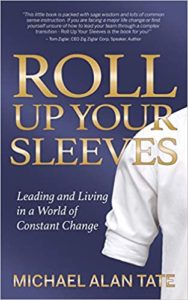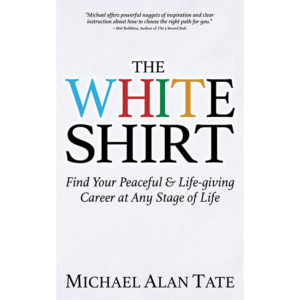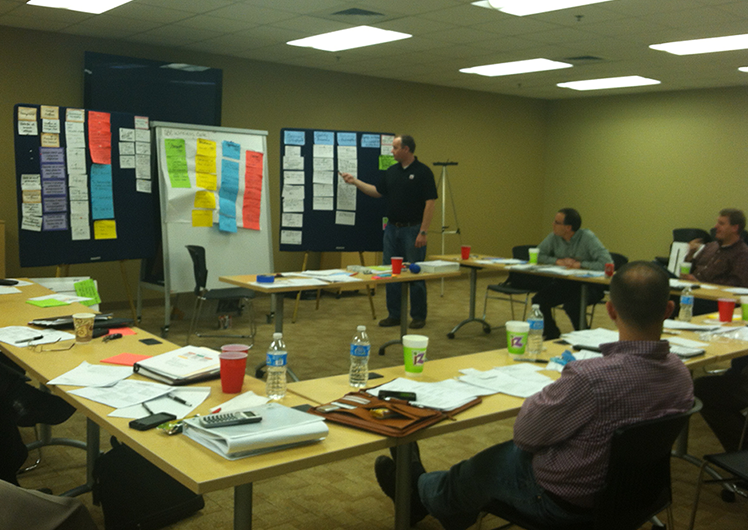Thanks A Lot
Are you interested in lowering your blood pressure, sleeping sounder, worrying less and exercising more? Would you like to move your career to the next level, manage team conflict more effectively and make wiser decisions about the future? Experts tell us that regular doses of gratitude may be a good place to begin.
For over a decade Robert A. Emmons, of the University of California, Davis, along with Michael E. McCullough of the University of Miami conducted pioneering experiments where they validate the positive affects of consistent thankfulness. They instructed people to keep a journal listing five things for which they felt grateful, like a friend’s generosity, something they’d learned, a sunset they’d enjoyed. The gratitude journal was brief – just one sentence for each of the five things – and done only once a week, but after two months there were significant effects. Compared with a control group, the people keeping the gratitude journal were more optimistic and felt happier. They reported fewer physical problems and spent more time working out.
Write a Note
In a study of polio survivors and other people with neuromuscular problems, the ones who kept a gratitude journal * reported feeling happier and more optimistic than those in a control group, and these reports were corroborated by observations from their spouses. These grateful people also fell asleep more quickly at night, slept longer and woke up feeling more refreshed.
Just a Thought
According to a new workplace study, after prompting managers to just think about things they’re grateful for, they demonstrated more patience, and were able to keep their impulses in check, which fostered long-term thinking. When faced with a pressing problem conflict decreased, and creativity increased.
Make a Habit
Making thankfulness a habit, either by recording it or simply thinking about it routinely, helps you be a more effective manager; build your network, increases your decision-making capabilities, improve your productivity and attract the mentors and proteges you will need along the way.
Based on my personal non-scientific research, thankfulness can do wonders for family relationships too. Next Thursday might be a good day to give it a try.
Journal Entry:
Achieving your goals and being physically healthy enough to enjoy your success might be as simple as saying “thanks” a lot, in your leadership and life.
* Complimentary Starter Gratitude Journal- If you would like to test the power of keeping a gratitude journal, and having a small journal in hand would help you get started, I’d be happy to send you one.
Click on “Contact Us” and tell us your preferred mailing address and one will be mailed to you.
We can only be said to be alive in those moments when our hearts are conscious of our treasures. ~ Thornton Wilder, playwright
Gratitude is not only the greatest of virtues, but the parent of all others. ~ Cicero, philosopher
Piglet noticed that even though he had a Very Small Heart, it could hold a rather large amount of Gratitude. ~ A. A. Milne, author of Winnie-the-Pooh
Gratitude, like faith, is a muscle. The more you use it, the stronger it grows, and the more power you have to use it on your behalf. If you do not practice gratefulness, its benefaction will go unnoticed, and your capacity to draw on its gifts will be diminished. To be grateful is to find blessings in everything. This is the most powerful attitude to adopt, for there are blessings in everything. ~ Alan Cohen, businessman
Oh give thanks to the Lord, for he is good, for his steadfast love endures forever! Psalm 107:1 -David, servant leader



